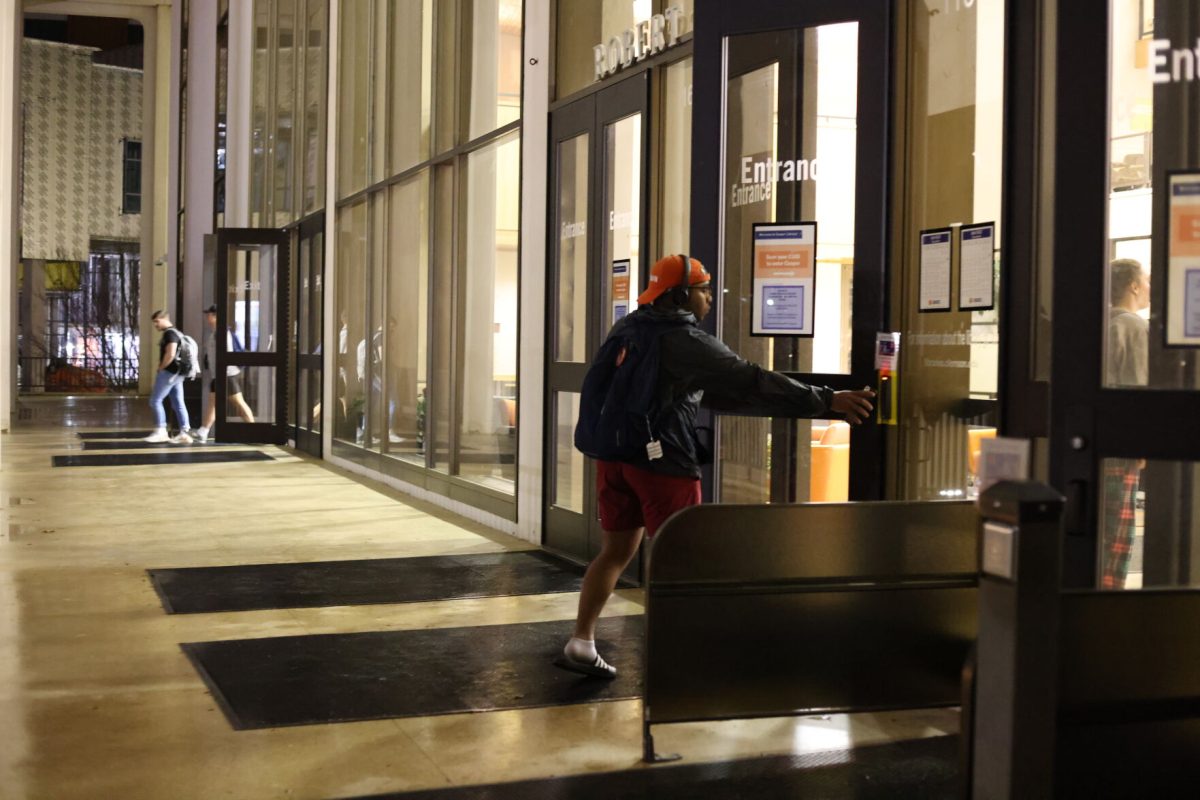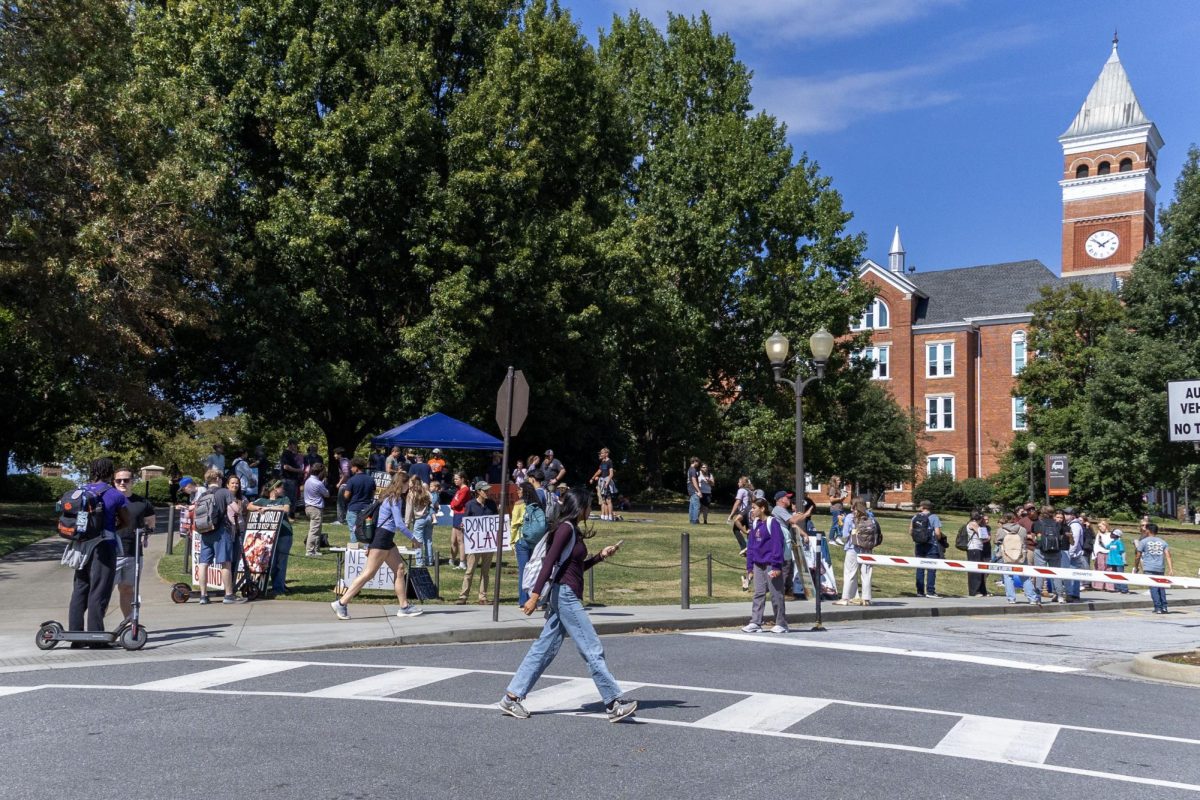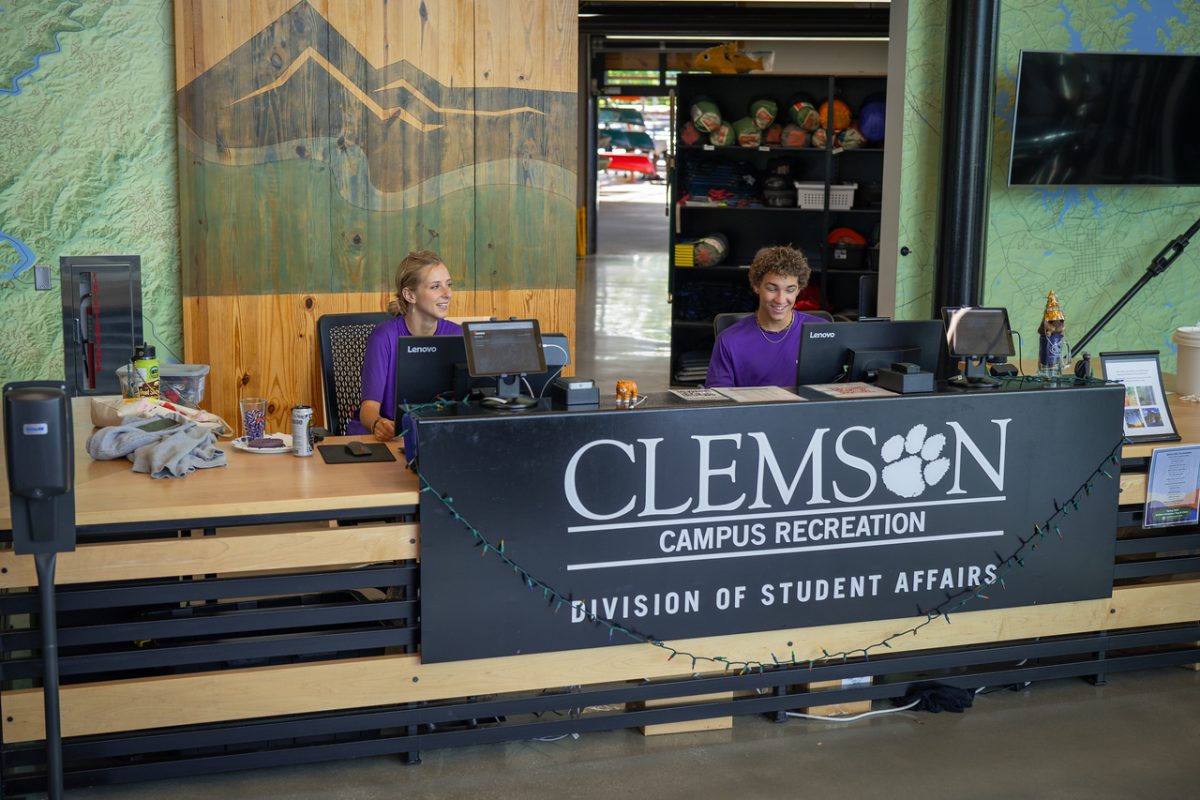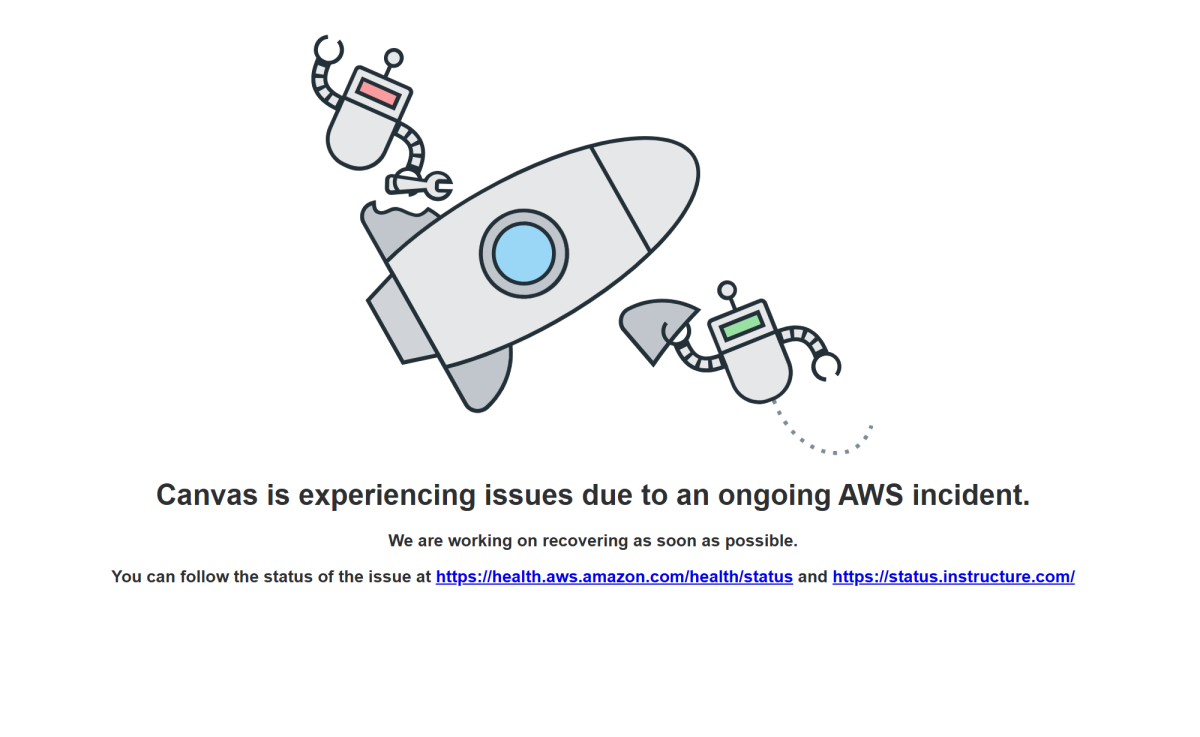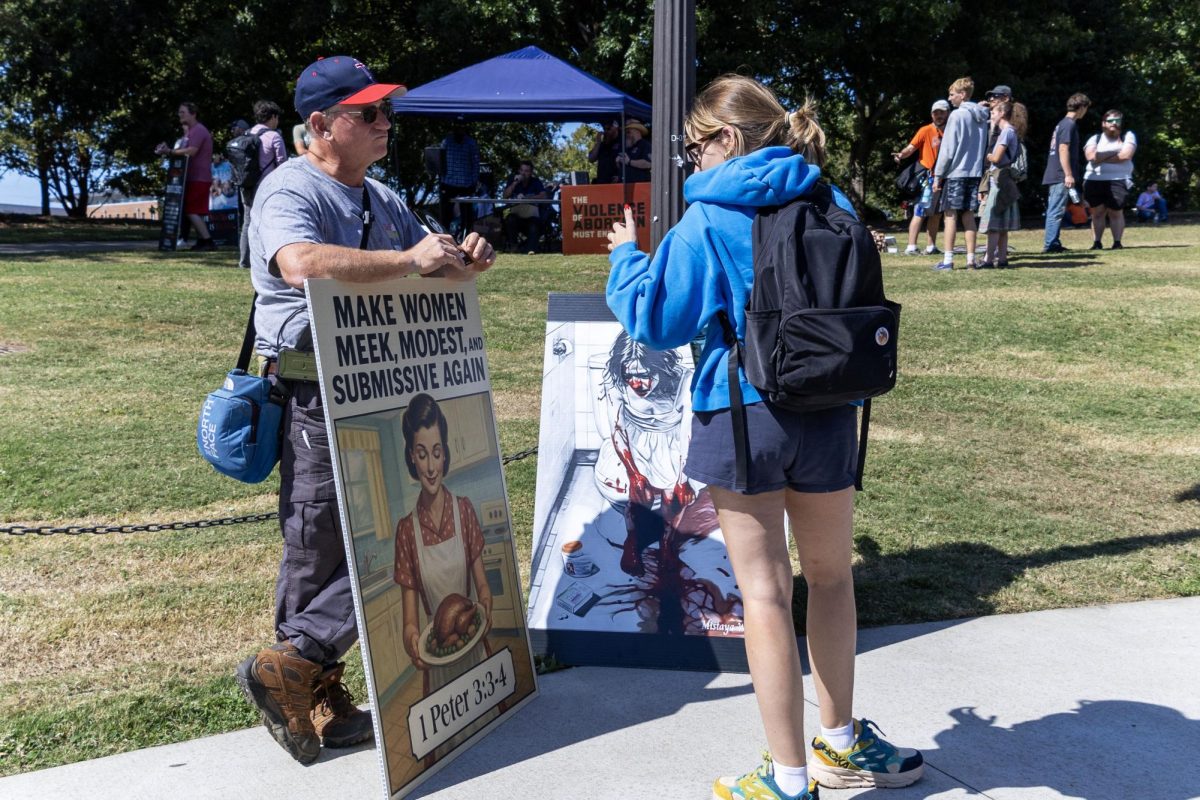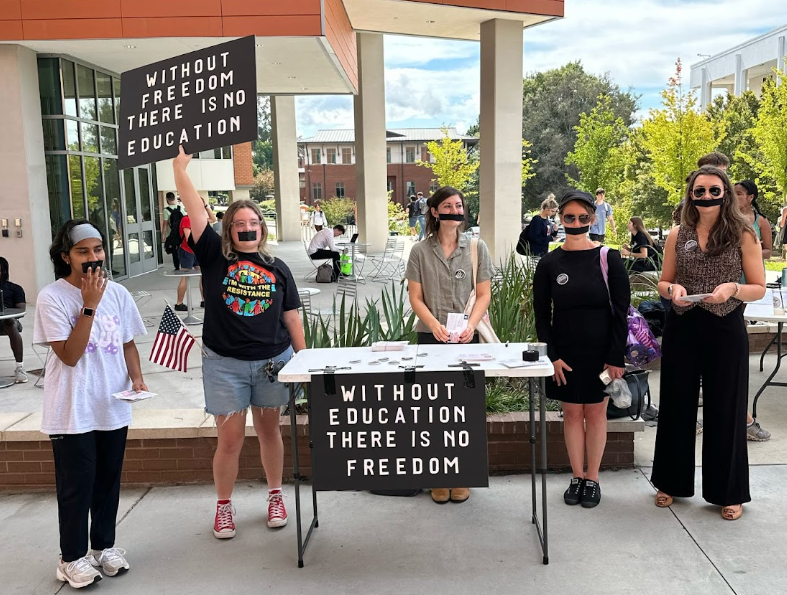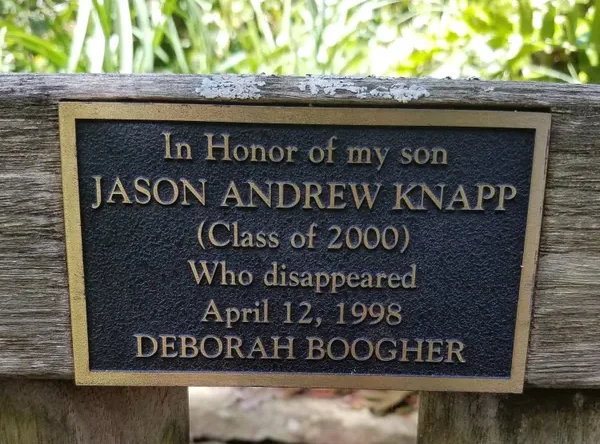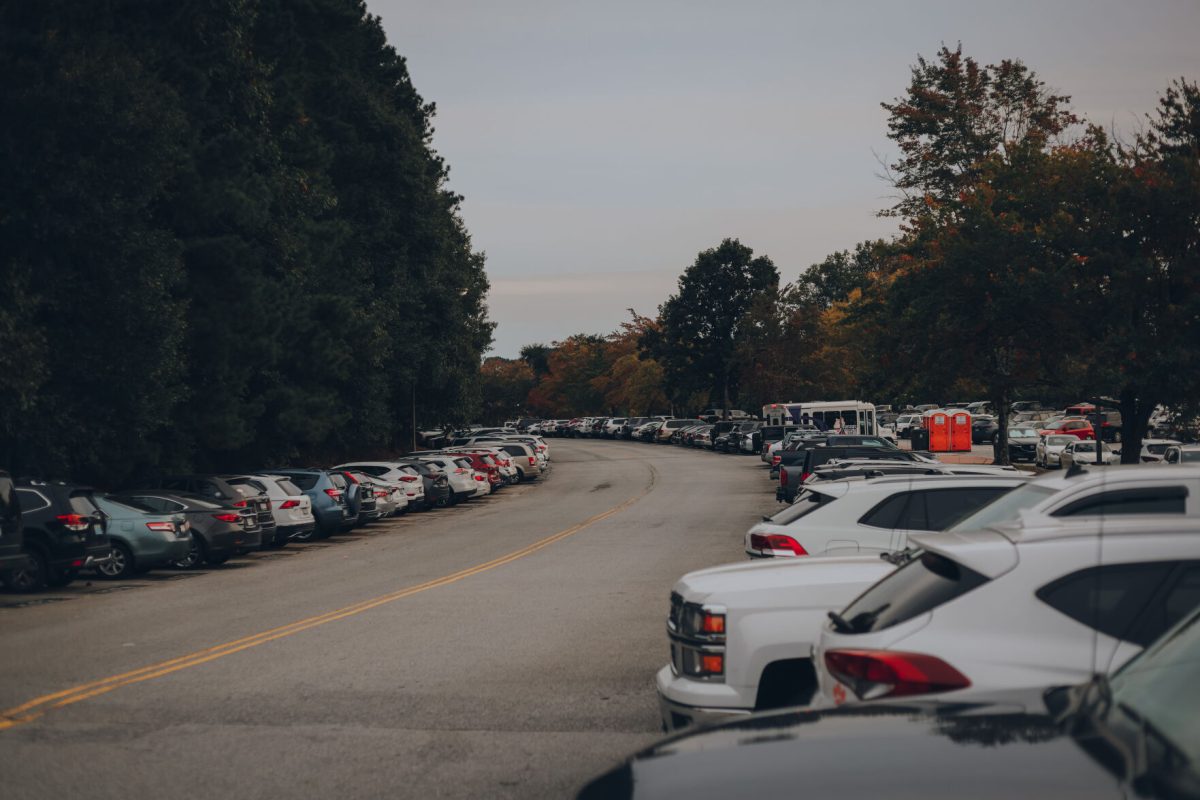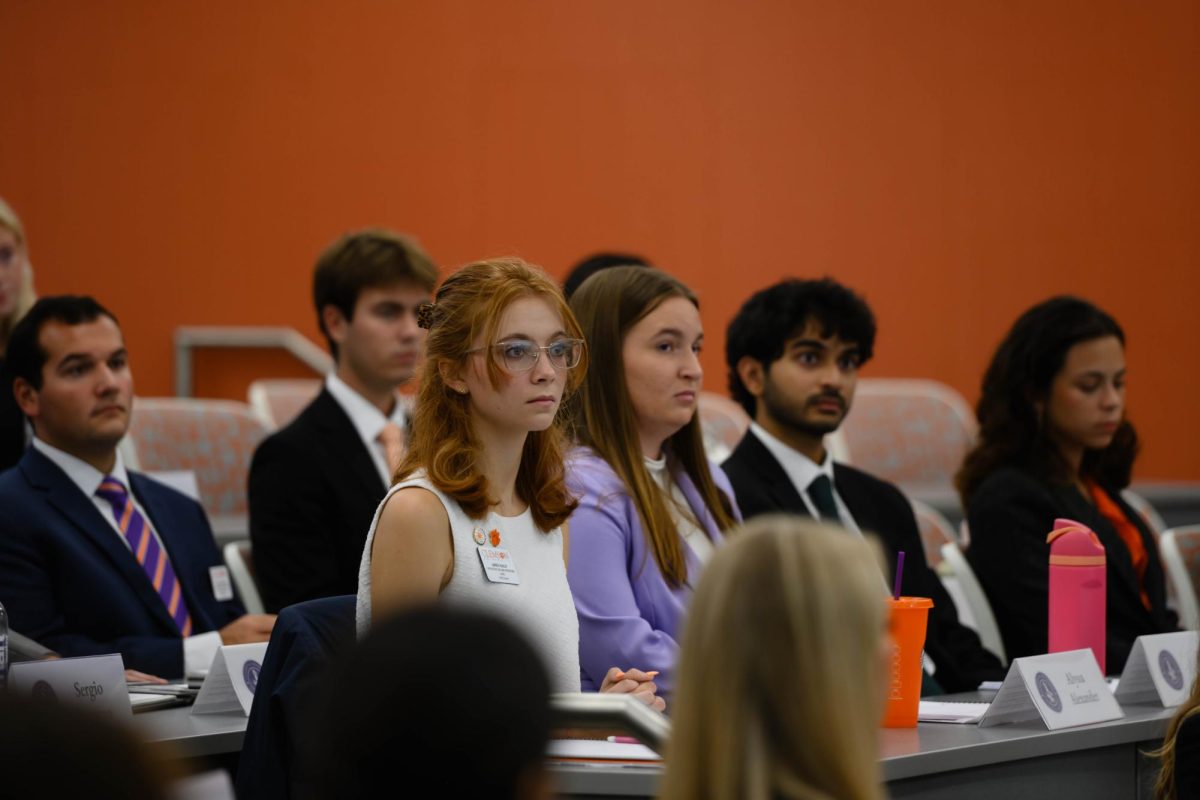Despite the relaxing of COVID-19 testing requirements for students and staff, scanning into certain buildings with identification is still required. In the name of security, buildings on campus will likely continue to require students to scan in for the foreseeable future, according to Clemson University Police.
“Prior to March of 2020, the University was moving toward full implementation of the access control system,” said Chief Greg Mullen of the department. “[The] pandemic provided an opportunity to fully activate the system and utilize its full capacity to manage clearances and spaces in a manner that provided the highest level of protection.”
This has raised concerns about the future of scanning into buildings for the public and the University’s plans moving forward. As it stands, one cannot gain access to Cooper Library without scanning their CUID, which has prevented the community and Clemson alumni from entering Cooper.
“It’s possible,” said Chris Cox, Dean of Clemson Libraries, when asked if scanning into Cooper Library could become the new normal. “That would not be our preference, but we understand that it does provide a level of safety to students.”
Cooper Library has agreements with other libraries across South Carolina and the Southeast to allow them to access Clemson’s academic collections. Cox would rather see the building open to the public again as to encourage the community to access the library’s resources.
If scanning were to remain required, Cox says that alumni and community members would need to apply for a borrower’s card to enter the building and check out materials.
Security concerns have been heightened given a trend in mass shootings on school campuses, including the recent shooting at Tanglewood Middle School in Greenville County. The incident resulted in the death of 12-year-old Jamari Bonaparte and the arrest of a 12-year-old classmate, charged with Bonaparte’s murder.
“Our goal is to delay, to the extent possible, those who have an intent to do harm through acts of violence from reaching their target,” said Mullen. “This is accomplished through not only access control, but also through video monitoring, active patrols, and vigilance on the part of our community.”



